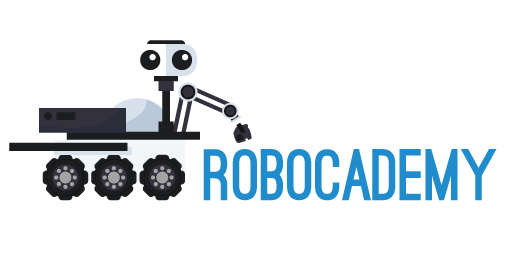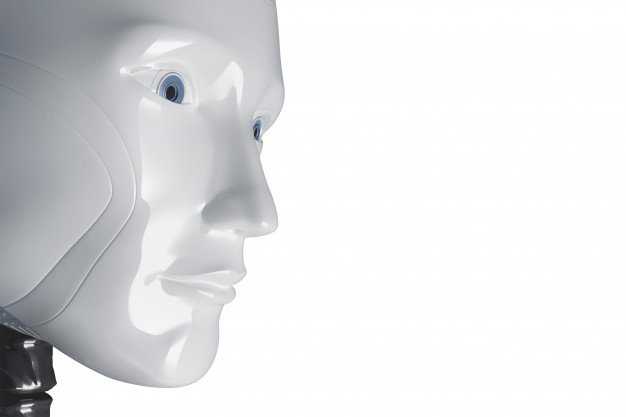The term ‘robot’ is familiar to most of us. I think the first thing that comes to our mind when we hear about robots maybe some fictional robot characters from sci-fi movies.
Let’s have a look at some fictional robot characters from sci-fi movies

Terminator, R2-D2 from Star wars, and Optimus Prime from the movie Transformers movie series. Do these robots exist in the real world? I will say no, or is there any chance to create these kinds of intelligent robots in the future? Maybe, not sure.
So, let’s see what we actually meant by a robot. If you search the internet, you may get tons of definitions for robots. This is my version of defining a robot.
“A robot is an intelligent machine which has the capability to sense the environment around it, make decisions based on computations, and then perform some actions based on the decisions”.
To understand the above definition, let’s see a basic block diagram of robots.

- The “Sense” block: This block in the robot consists of various sensor modules in order to measure different parameters of the environment. We humans have 5 sensory organs right? Similar to human sensory organs, robots have many sensors. For example, robots may have cameras instead of eyes, mic instead of the ear, tactile sensors instead of skin.
Sensors are the input to a robotic system. Some of the robotic sensors are IR sensors, ultrasonic distance sensors, wheel encoders, depth cameras, LiDARs, etc. - The “Think” block: The ‘Think’ block is similar to our brain. Our brain is responsible for processing information from sensory organs. In robots, there will be a computation unit that can act as the brain of the robot. The input of this computation unit is the robot sensors. This computation unit is responsible for taking decisions in the robot. Examples of computing units are microcontrollers, single board computers (SBC), laptops, workstations, etc.
- The “Act” block: After taking the decision from the ‘Think’ block, the robot executes its decision using the ‘Act’ block. The ‘Act’ block basically has output devices such as actuators (motors) for moving the robot joints, speakers to say something to the user, LCD screen to visualize or show something to the user.

